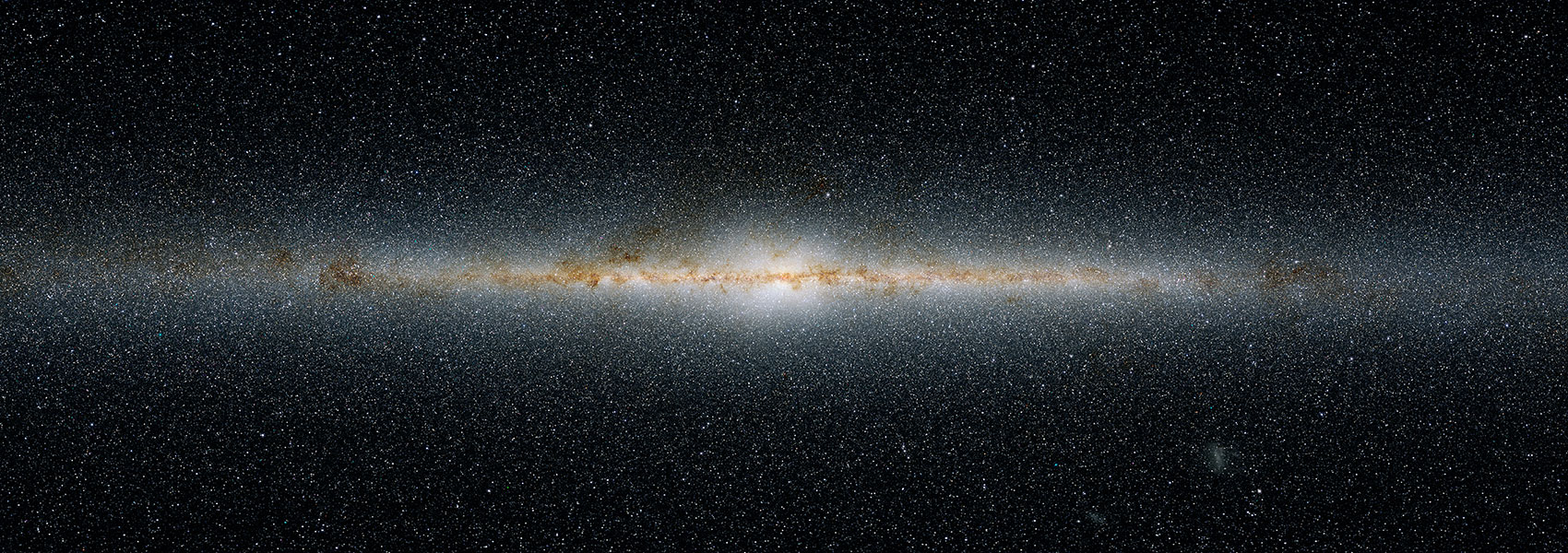September
2023
•
2023ApJ...955L...6Y
Authors
•
Yao, Yuhan
•
Ravi, Vikram
•
Gezari, Suvi
•
van Velzen, Sjoert
•
Lu, Wenbin
•
Schulze, Steve
•
Somalwar, Jean J.
•
Kulkarni, S. R.
•
Hammerstein, Erica
•
Nicholl, Matt
•
Graham, Matthew J.
•
Perley, Daniel A.
•
Cenko, S. Bradley
•
Stein, Robert
•
Ricarte, Angelo
•
Chadayammuri, Urmila
•
Quataert, Eliot
•
Bellm, Eric C.
•
Bloom, Joshua S.
•
Dekany, Richard
•
Drake, Andrew J.
•
Groom, Steven L.
•
Mahabal, Ashish A.
•
Prince, Thomas A.
•
Riddle, Reed
•
Rusholme, Ben
•
Sharma, Yashvi
•
Sollerman, Jesper
•
Yan, Lin
Abstract
•
We conduct a systematic tidal disruption event (TDE) demographics analysis using the largest sample of optically selected TDEs. A flux-limited, spectroscopically complete sample of 33 TDEs is constructed using the Zwicky Transient Facility over 3 yr (from 2018 October to 2021 September). We infer the black hole (BH) mass (M BH) with host galaxy scaling relations, showing that the sample M BH ranges from 105.1 M ⊙ to 108.2 M ⊙. We developed a survey efficiency corrected maximum volume method to infer the rates. The rest-frame g-band luminosity function can be well described by a broken power law of $\phi ({L}_{g})\propto {\left[{\left({L}_{g}/{L}_{\mathrm{bk}}\right)}^{0.3}+{\left({L}_{g}/{L}_{\mathrm{bk}}\right)}^{2.6}\right]}^{-1}$ , with L bk = 1043.1 erg s-1. In the BH mass regime of 105.3 ≲ (M BH/M ⊙) ≲ 107.3, the TDE mass function follows $\phi ({M}_{\mathrm{BH}})\propto {M}_{\mathrm{BH}}^{-0.25}$ , which favors a flat local BH mass function ( ${{dn}}_{\mathrm{BH}}/d\mathrm{log}{M}_{\mathrm{BH}}\approx \mathrm{constant}$ ). We confirm the significant rate suppression at the high-mass end (M BH ≳ 107.5 M ⊙), which is consistent with theoretical predictions considering direct capture of hydrogen-burning stars by the event horizon. At a host galaxy mass of M gal ~ 1010 M ⊙, the average optical TDE rate is ≈3.2 × 10-5 galaxy-1 yr-1. We constrain the optical TDE rate to be [3.7, 7.4, and 1.6] × 10-5 galaxy-1 yr-1 in galaxies with red, green, and blue colors.
Links



